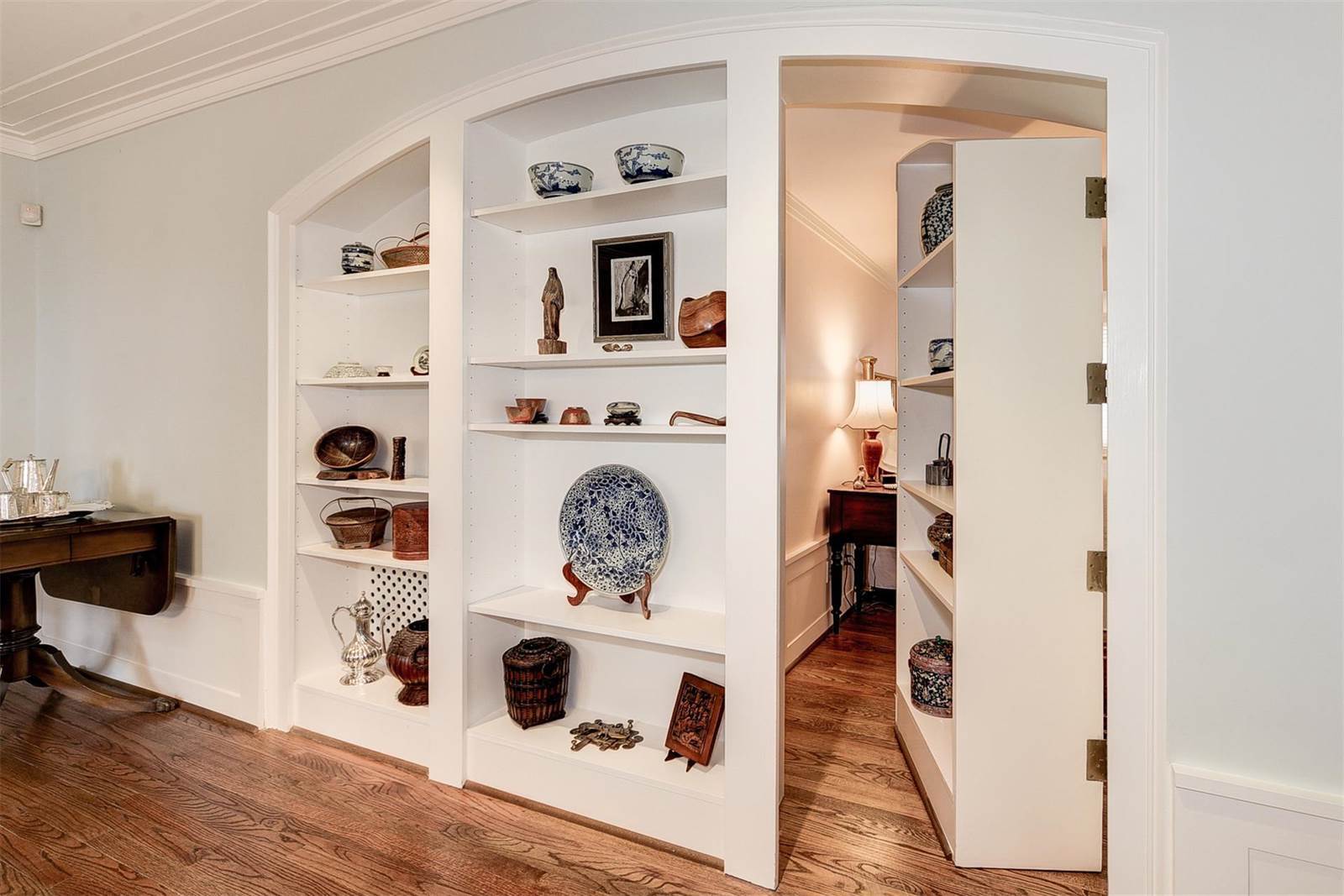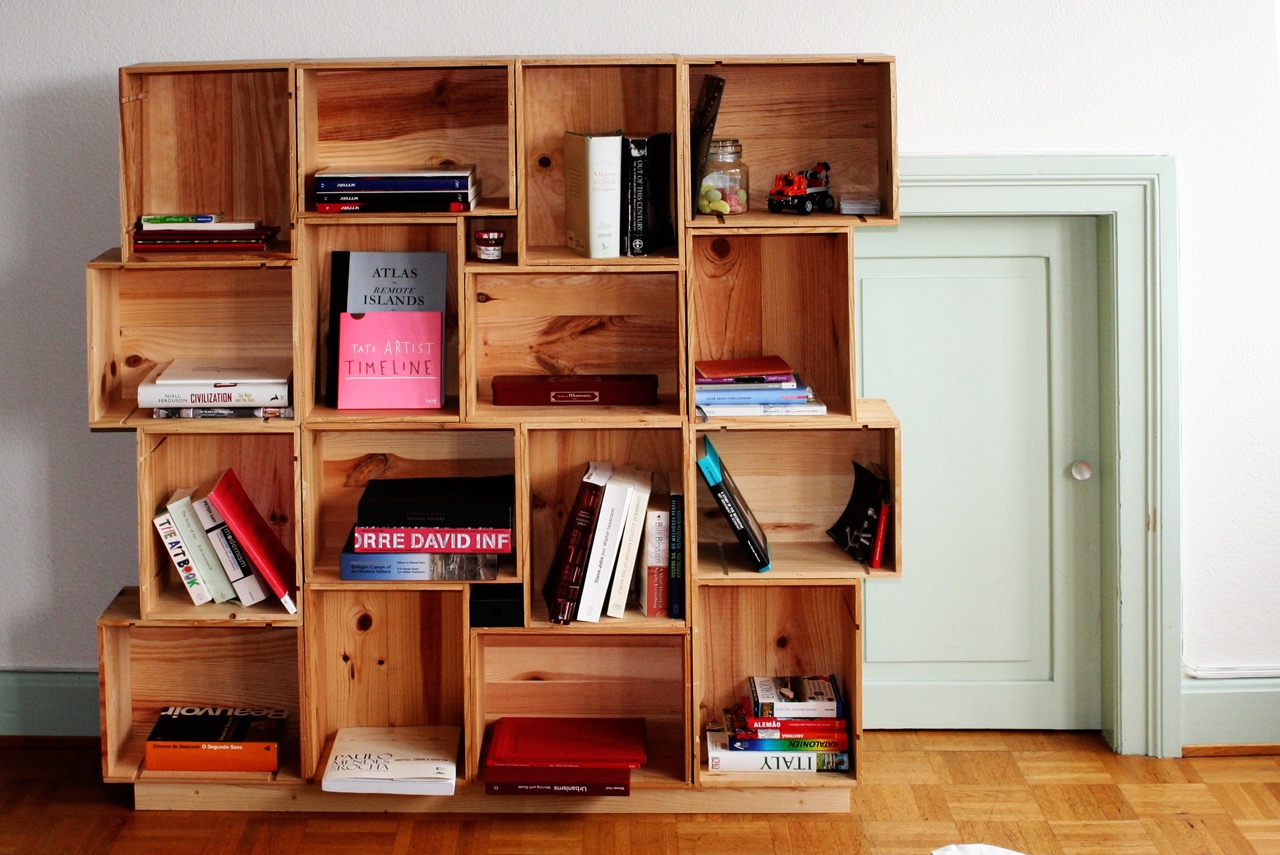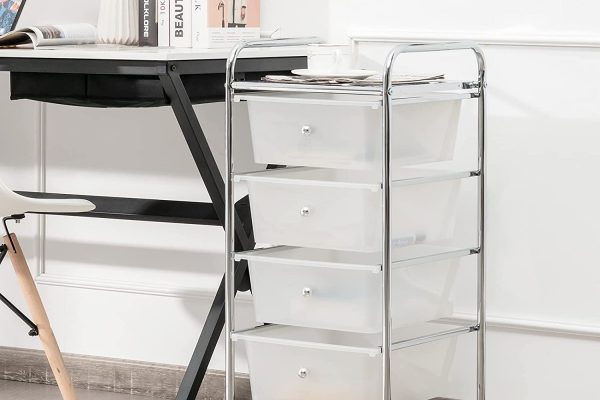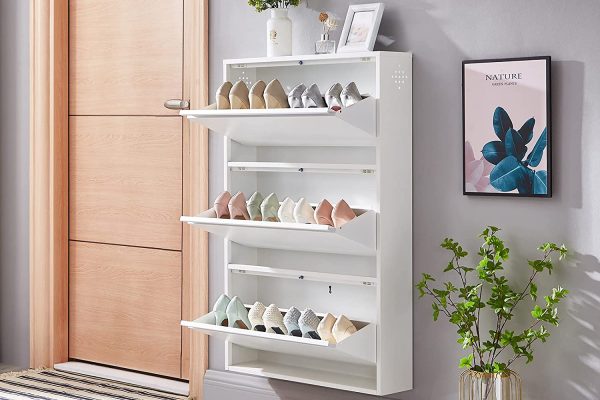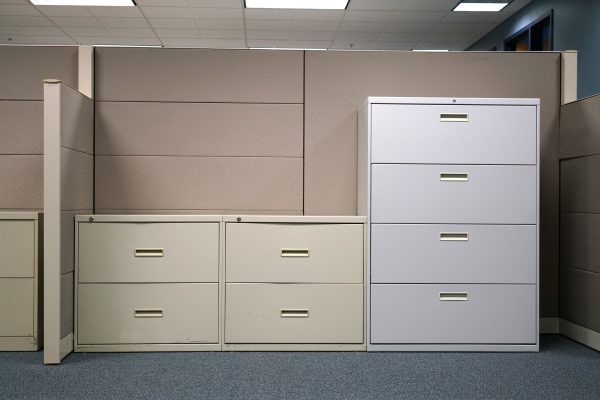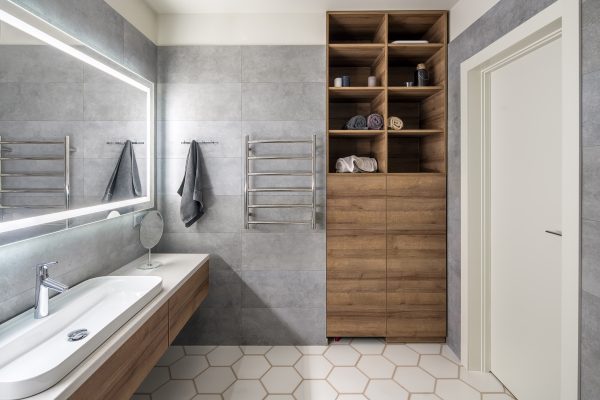Home> Modular Storage
Modular Storage: Innovative Solutions for Multipurpose Storage
Explore modular storage options designed to enhance space utilization. From closets to garages, modular storage can transform any space efficiently.
10 Best Storage Bins With Wheels For Your Home
By: William Harrison • Best Storage Bins: Your Ultimate Guide
The 15 Best Shoe Storage Cabinet Ideas for 2024
By: Oliver Mitchell • 35 Most Coveted Storage Cabinets In 2022
25 Best Steel Cabinets To Last A Lifetime
By: Oliver Mitchell • 100 Best Office File Cabinets That Are Super Useful
10 Best Things To Put On Your Cube Storage Shelves
By: Emily Roberts • 30 Best Storage Shelves To Get Your Money's Worth
